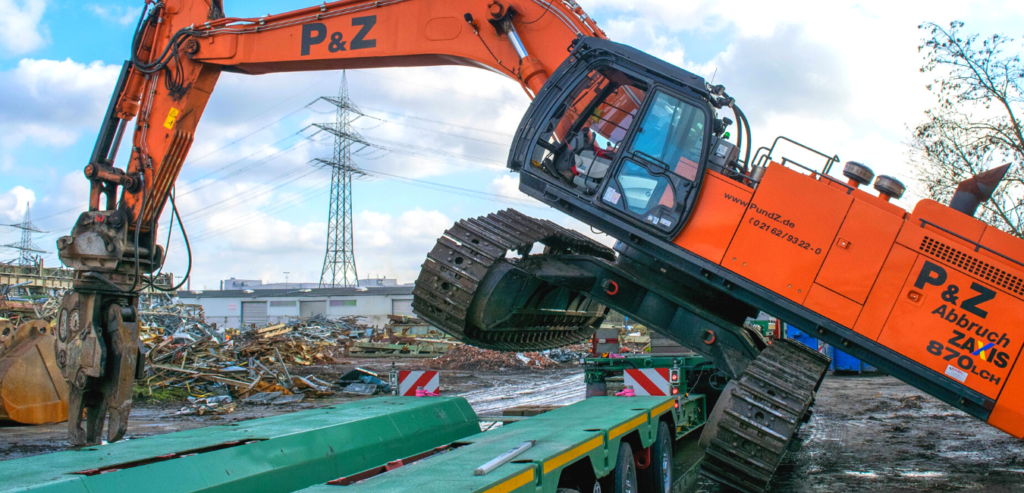
A complete guide on prohibitions for use and what not to do when working with the excavator.
Introduction to prohibitions for the excavator
After discussing how to inspect your excavator in a complete and safe way in this article, we at Tecnoter thought we would also specifically talk about all those actions that are prohibited and in general everything that is not recommended to do when you have to do with an excavator.
The prohibitions for use must be remembered because, if on the one hand the excavator is the earth moving machine par excellence, on the other hand it can prove to be a highly dangerous tool if you are not adequately trained and updated as operators.
A checklist of “don’ts” to follow carefully is just as useful as a checklist of steps of actions to be performed without ifs and buts.
What not to do with your excavator

Each excavator has its own “instruction manual” which covers specific machine safety, maintenance and operation. However, there are standards valid for all excavators which see the protagonists both the actual components of the machine and its structure, and the people who will have to operate it.
Here is a complete checklist of use prohibitions for the excavator.
1. Only the operator must be present on board the excavator: other people cannot be admitted
2. For reasons of stability of the ground on which the excavator rests:
– digging operations must not be carried out under a sloping surface or under the machine itself
3. To avoid compromising the functionality of the vehicle, or to avoid breakdowns:
– the rotation force alone must not be used to compact the soil or to crush the material
– the weight force of the falling bucket must not be exploited to demolish artefacts or insert poles and similar structures into the ground
– the weight force of the arm must not be used to dig or compact the ground
– you must not dig by inserting the “teeth” of the bucket into the ground and then exploiting the force of the excavator’s movement: this causes unnecessary stress on the engine, increases its wear rate and therefore accelerates replacement times
4. Operations with the hydraulic cylinder fully extended or fully retracted should be avoided
5. The reach limits of the arm must not be exceeded, working on the tracks or on the tires that are not perfectly resting on the ground
6. The levers must be moved gradually: sudden movements must be avoided both to manage the gear and to manage the hydraulic arm
7. In the case of sloping ground, the excavator must not be rotated with the bucket loaded from the uphill side to the downhill side
8. The machine must not be driven in water deeper than the height of the center of the drive wheel
9. Proper attachments must be used: using a bucket that is too small or too large can be difficult to control, and can cause overheating of the hydraulic system, reduce fuel efficiency, and increase the likelihood that the equipment will need to be replaced sooner than expected. For customized attachments suitable for specific processes, we recommend reading this article.
10. Do not forget the counterweight and safety distances: you must always keep in mind the obstacles on site because the excavator oscillates when it rotates left and right. Excavators often go to the workshop because they suffer scratches from the operator incorrectly estimating the distance required to overcome an obstacle or to maneuver the excavator correctly. In small spaces, in fact, it is advisable to use excavators with reduced or zero rotation.
Tecnoter and customized attachments

To help you do your job in the best possible way and prevent your equipment from wearing out prematurely, also affecting the average life of your excavators, Tecnoter designs and manufactures accessories for your machines that meet individual space requirements, purpose and machines. In particular, hydraulic attachments are the flagship products of the company, which boasts an engineering department capable of transforming high technology into compatibility with your host machine.
To find out more, visit the page dedicated to Tecnoter attachments or contact us here.
